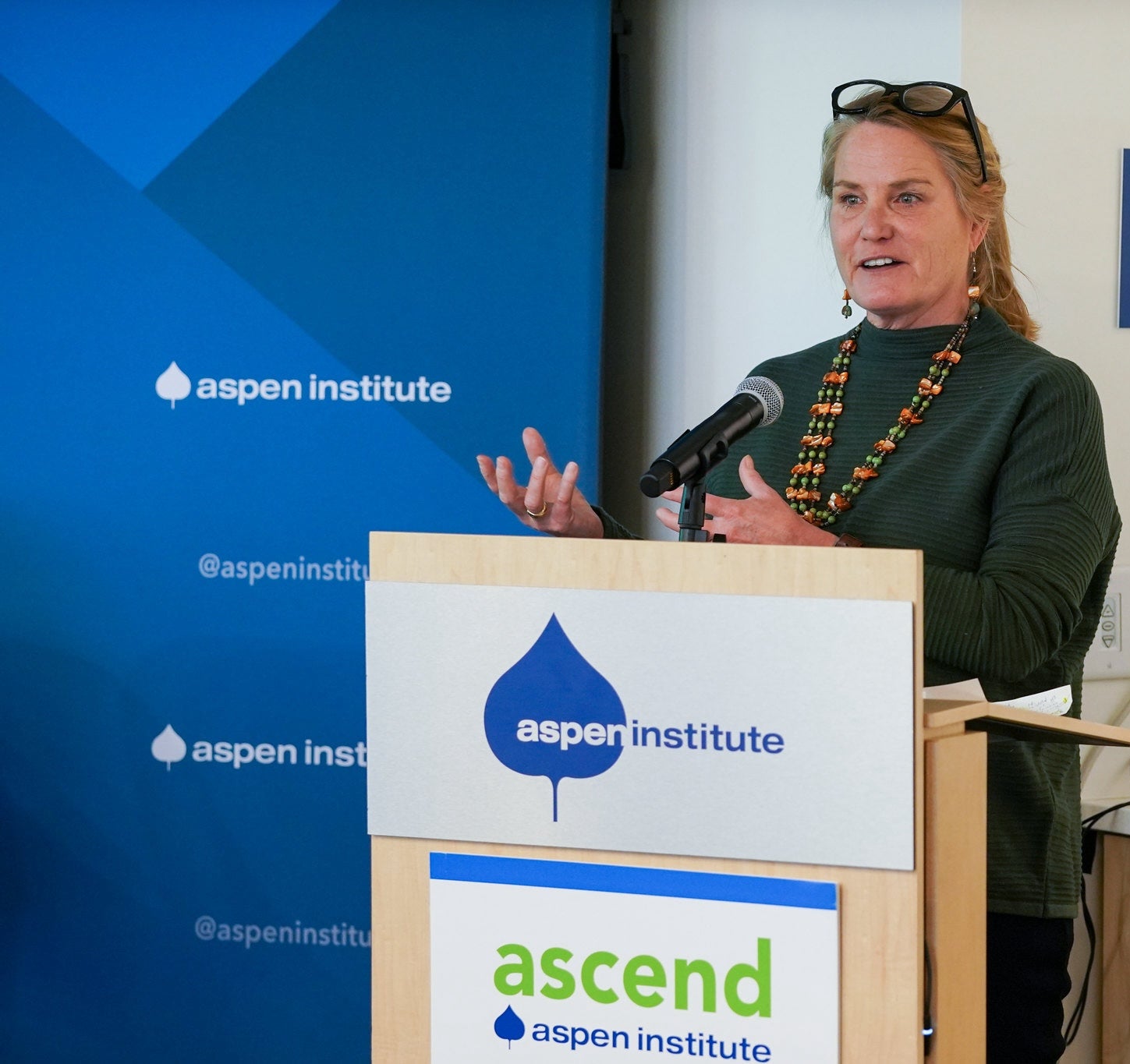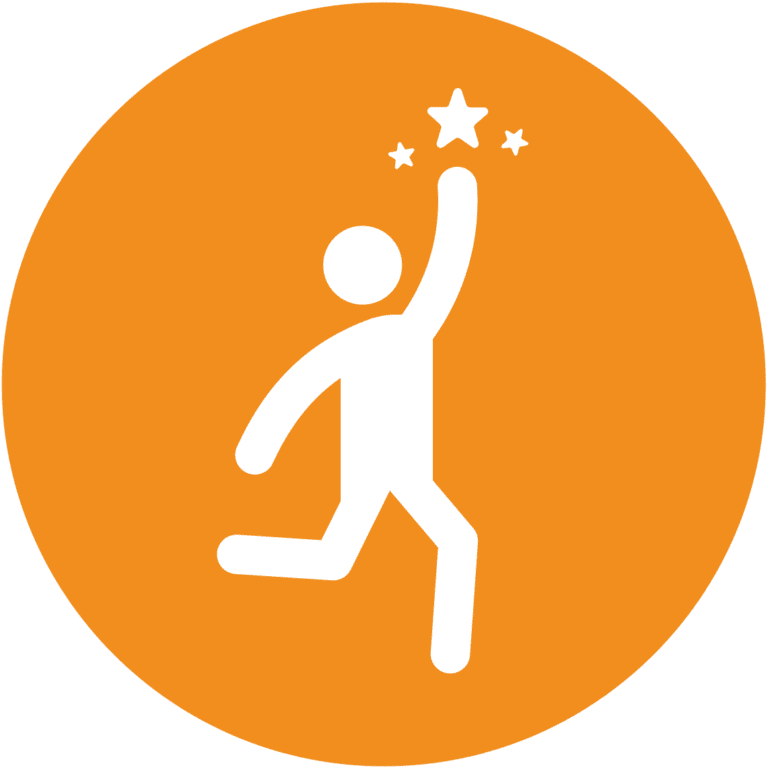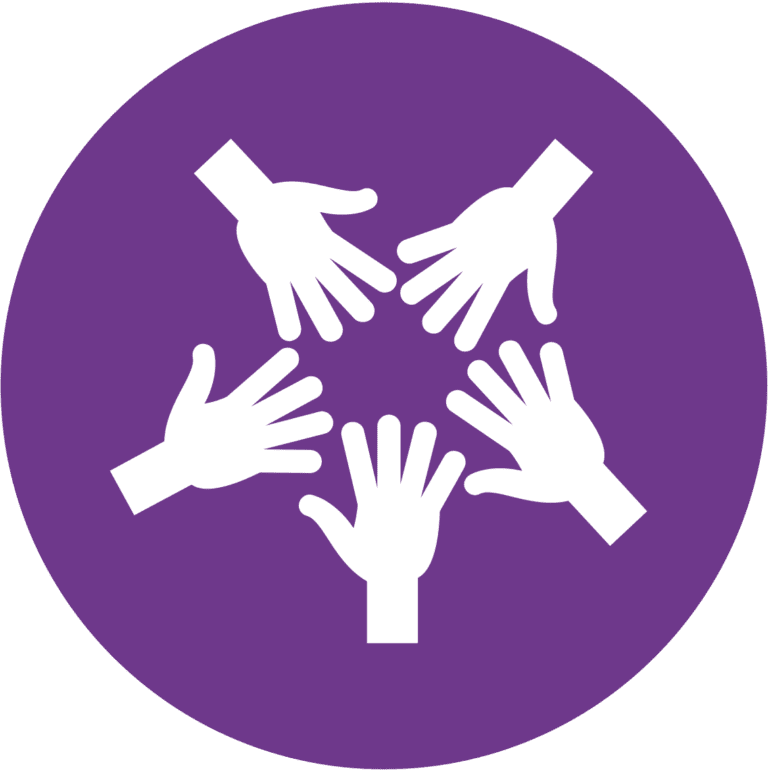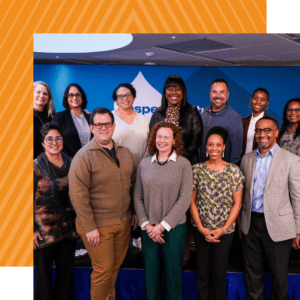
Return to The 2Gen Investment Case
Capitalizing Good Ideas
Our country is only as healthy and successful as our families. If we want a better future for all our children and families, we must invest intentionally and adequately.
A Change Capital Mindset
Ascend at the Aspen Institute began with a big idea: Create a space for a new way of working with diverse, cross-sector leaders who are passionate about building intergenerational wealth and health for all families grounded in the core principles of economic, gender, and racial equity. We set out to convene and connect diverse leaders who shared the goal of breaking the cycle of poverty. From the start, Ascend leveraged the best of Aspen Institute ideals and influence to bring in voices, views, and experiences from parents, practitioners, policymakers, and philanthropists.
No single discipline, sector, or organization can eradicate poverty alone. And no one form of capital can create the future we envision in which all children and families thrive. We need to blend and braid the many streams of capital in order to transform – not tweak – policies and systems to fully ignite human potential and intergenerational family well-being.
*Please note: Due to “human capital” having historic connections to the institution of slavery, Ascend is replacing that term with “talent capital” in publications moving forward. “Talent capital” is more aligned with our values. This report was completed before the decision to use “talent capital” was made and therefore includes outdated terminology.

Center human power and potential to dramatically improve outcomes for children and their families, and most importantly, to improve lives.

Track results and share lessons learned through reports and presentations so you and others can improve and build upon successes.

Harness the power of networks across sectors and intentionally invest in visionary leaders in new places to create equitable platforms and grow pathways to prosperity.

Combine economic assets with additional forms of capital to turbocharge your efforts for long-term impact.
GALVANIZING CHANGE CAPITAL FOR SIGNIFICANT IMPACT
By combining the forces of change capital resources, we have generated more than half a billion dollars for 2Gen approaches and moved promising 2Gen ideas to life-changing solutions. As we examine this unifying success story, we are outlining our take-aways to serve as a roadmap for others to take a quantum leap forward and maximize impact for millions of families.
1
Align Capital to Back New Ways of Thinking
We need new voices, views, and experiences for different results and outcomes. For 2Gen, this has meant focusing resources on the earliest years and following new systems thinking, not old system tinkering.
2
Tap Philanthropic & Public Funding Streams And Create Buy-In at the Onset
Philanthropic capital proves models worth trying, and government funding gives new models the reach to make the difference. For long-term sustainability and scale, efforts must attract both kinds of capital from the start and not as an afterthought.
3
Focus Resources to Incentivize Services & Systems to Streamline & Link Existing Programs & Policies for Big Payoffs without Starting Whole New Programs
A big part of the 2Gen approach has been linking programs for parents with programs for children to unite families instead of creating silos within them. Applying a 2Gen child and adult outcome framework is a proven, productive, and pragmatic organizing tool that provides a clear family framework — offering population-level outcomes that can feel distant or daunting and avoiding the disconnected output and activity trap.
4
Invest ‘Patient Capital’ that Gives Room for Growth
For 2Gen to be embedded at the local, state, and federal level, we needed to grow and support a field of practitioners, policymakers, researchers, caregivers, and parents. It took time for this field to modernize, build relationships, and mature as reimagined systems took hold. We have needed capital throughout each phase to move innovations from idea to impact.
5
Engage in Participatory Grantmaking & Investments that Involes Families as Co-Equals
Engaging parents as co-designers and not just program recipients is a critical mindset shift and practice. We have developed new methodologies and funding models to demonstrate how involving parents and caregivers in program design, implementation, and evaluation improves funding strategies, results, and relationships. By investing financial resources with an intentional commitment to human and intellectual capital, we can show participatory grantmaking in action along with its results.
6
Fund Inter-Sector & Interagency Collaboration with the Express Purpose of Serving Whole Families, Not Just Parts of Them
By investing in mission-aligned public sector leaders at important levers of change, like those working in health and human services, we can build on frontedge state efforts like Washington state’s Poverty Reduction Initiative and Task Force, which was sparked by Department of Social and Health Services leadership. From the beginning, state agency leaders successfully built political will; ensured crossagency buy-in; and created and funded new models, structures, and processes to embed racial and economic equity, lived experience, and community engagement. They ultimately steered more than $1 billion in funding informed by 2Gen approaches to child and family well-being. We have an opportunity to shift from traditional models of public-private partnership to future-forward community-public- private partnerships with a clear focus on intergenerational family prosperity and well-being.
7
Create More Streamlined & Agile Evaluation Capacity that Measures Interconnectivity, Tracks Multiple Contributions, and Applies Real-Time Learning to Improve Outcomes & Processes for Strong Case-Making
With technology advances, we can measure impact like never before. It is essential to build on existing case studies with data and apply new rapid-cycle evaluation tools, lived experience, and technology. Strong numbers attract strong capital streams. These insights offer keys to unlock the trilliondollar sleeping giant of the public health and human services sector and lay a foundation for a new community-public-private partnership model. While The 2Gen Investment Case documents $273 million in seven state 2Gen efforts to align workforce and training services with early care and education services, this is just the beginning of what is possible with health and human services public agency funding. Steering existing and new resources toward family-centered programs will require adopting a clear whole-family outcome framework and radical collaboration between government, philanthropy, private sector, nonprofit, and on-the-ground innovators.
THE RIGHT MIX OF FINANCIAL CAPITAL TO GET THE RESULTS WE WANT
1
Philanthropic ‘Risk’ Capital
Philanthropic capital is often the first type of capital that allows ideas to become practices. 2Gen approaches are informing and influencing the grantmaking strategies of leading philanthropies like the Bainum Family Foundation, Bezos Family Foundation, The Kresge Foundation, Robert Wood Johnson Foundation, Margaret A. Cargill Philanthropies, David and Lucile Packard Foundation, W.K. Kellogg Foundation, and many others. The Doris Duke Foundation, for example, is explicit about funding generations together. In 2024, the foundation unveiled a $32 million investment in Opportunities for Prevention and Transformation Initiative, called OPT-IN for Families. This initiative aims to transform the current child welfare system
2
State-Based ‘Prove-It’ Funding
States across the political spectrum are using the 2Gen approach to work across agencies to not only reduce poverty but also build new pathways to prosperity. The Georgia State Department of Early Care and Learning has embraced a 2Gen approach that has reengineered how early childhood and child care agency staff work with the state technical college system to more effectively target and time existing funding and support, such as child care vouchers for student parents. The Department has increased both financial capital through a statewide 2Gen pilot and intellectual capital through the creation of the first-ever state 2Gen Academy. Now, with more than 25 states, along with a growing number of counties, embedding or exploring 2Gen approaches, we are at the dawn of a new era in policy and systems innovation.
3
Federal ‘Expand Reach’ Funding
Real systems change kicks in when state- and locallevel successes inform and change federal guidelines and funding. In 2024, the US Department of Health and Human Services’ Maternal and Child Health Bureau (MCHB) adopted a modern 2Gen approach with an explicit commitment to equity. The most recent reauthorization doubled the program’s funding, including set-aside funding for Tribal programs. To increase its reach, effectiveness, and capacity, the Maternal, Infant and Early Childhood Home Visiting (MIECHV) program will look to the 2Gen framework, established by Ascend. Two percent of MIECHV funds will be set aside to support existing workforce approaches and career pathways for mothers and strengthen maternal health by integrating mental health screenings and primary care access into perinatal and postnatal supports in home visiting. “In this space of early childhood home visiting, thinking upstream also means we have to think about a 2Gen approach,” noted Dr. Michael Warren, MCHB associate administrator. Just as importantly, MIECHV is unleashing the power of strong community partnerships in its goals to serve more families more equitably and effectively. MIECHV’s recent increased matching grants to states emphasize strong community partnerships, incorporating lived experience, and collaborations with local philanthropy. These grants explicitly underscore the importance of human and social capital as critical enhancements that will accelerate inclusive innovation to produce better outcomes and serve families more holistically.
4
Opportunistic Public Funding
The 2Gen approach is flexible enough to tap unlikely sources of federal funding to improve outcomes and achieve better results. As part of the American Rescue Act of 2021, the National Science Foundation invested $2.9 million in CUNY Hostos Community College, a Hispanic-Serving Institution in the South Bronx, to increase STEM degree completion by addressing the needs of student parents. This is an example of a 2Gen approach applied beyond the human services frame through unexpected sources of federal funding. When a powerful, timely idea permeates systems and society, it manifests in intentional and unintentional ways.

